Xuande Mark and Period Porcelains at the Museum of Oriental Ceramics, Osaka
Blue-and-White Jar with Baoxiang-hua Scrolls Design, Ming Dynasty, Xuande Mark and Period (1426-1435), h.35.8cm. Gift of SUMITOMO Group, the ATAKA Collection. Acc. No. 10885. The Museum of Oriental Ceramics, Osaka. © 2009 The Museum of Oriental Ceramics, Osaka.
This is a large jar with a tall neck rising to a wide mouth. The center section is decorated with baoxiang-hua scrolled flowers, the shoulder and base feature double lotus petals, and the neck has a scrolled cloud pattern. The cobalt blue is a deep color, and the lotus petal pattern which has been applied with a wide brush gives a particularly strong impression. In the Xuande period, the official kiln system was firmly established at Jingdezhen, and blue-and-white porcelain was the main ware produced there. From this time,works fired at official kilns were inscribed with the reign mark, as we see on this piece.
Porcelain Dish with Reversed Peony Decoration against Cobalt-Blue Glaze, Ming Dynasty, Xuande Mark and Period (1426-1435), h.38.7cm. Gift of SUMITOMO Group, the ATAKA Collection. Acc. No. 10801. The Museum of Oriental Ceramics, Osaka. © 2009 The Museum of Oriental Ceramics, Osaka.
There is a large design of a peony branch in the center of this dish, and pomegranates, peaches, and litchi in six places around the rim. On the exterior there is a peony scroll pattern. The details of each pattern have been incised. This dish was probably decorated by applying white slip to the decorated area, then glazing the rest with a blue glaze. The technique of decorating pots with a reverse white pattern against a blue background was already used in the Yuan dynasty, and there are examples of works decorated in this way in the Topkapi Palace. Recently, similar shards have been excavated at Zhushan in Jingdezhen city, and also at the remains of a residence of the Maeda clan, on the grounds of Tokyo University, Japan

/https%3A%2F%2Fprofilepics.canalblog.com%2Fprofilepics%2F1%2F0%2F100183.jpg)
/https%3A%2F%2Fstorage.canalblog.com%2F03%2F02%2F119589%2F96711876_o.jpg)
/https%3A%2F%2Fstorage.canalblog.com%2F11%2F31%2F119589%2F94773502_o.jpg)
/https%3A%2F%2Fstorage.canalblog.com%2F20%2F83%2F119589%2F94772815_o.jpg)
/https%3A%2F%2Fstorage.canalblog.com%2F26%2F72%2F119589%2F75604929_o.jpg)
/https%3A%2F%2Fstorage.canalblog.com%2F59%2F60%2F119589%2F26458628_o.jpg)

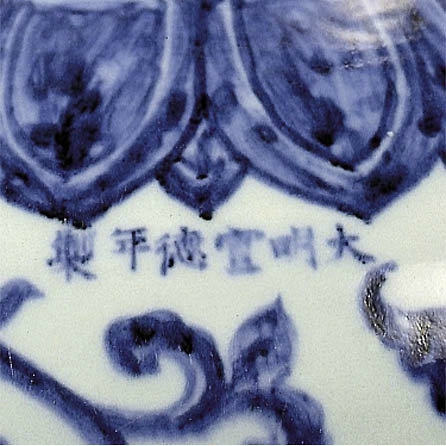
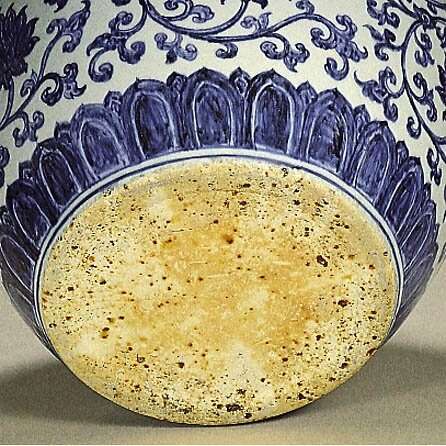

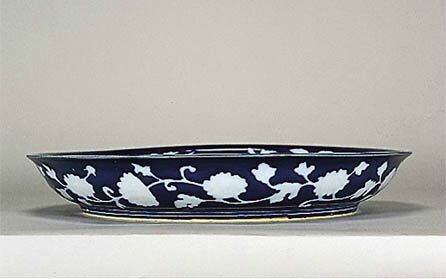
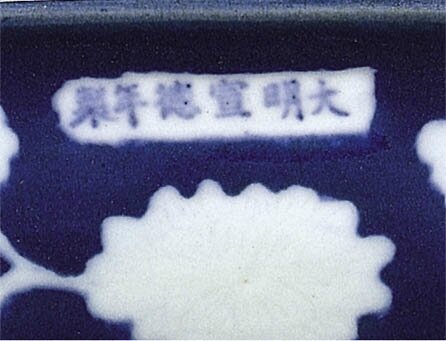
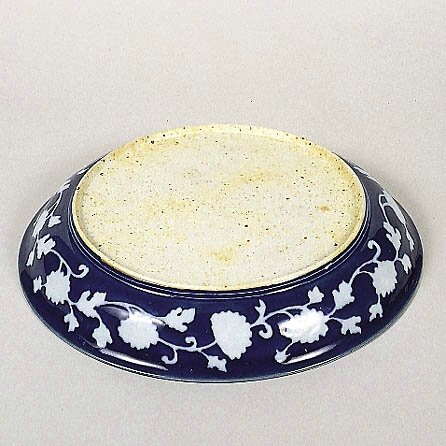


/http%3A%2F%2Fstorage.canalblog.com%2F43%2F82%2F119589%2F129801198_o.png)
/http%3A%2F%2Fstorage.canalblog.com%2F08%2F61%2F119589%2F129498117_o.jpg)
/http%3A%2F%2Fstorage.canalblog.com%2F04%2F37%2F119589%2F129467550_o.jpg)
/http%3A%2F%2Fstorage.canalblog.com%2F73%2F51%2F119589%2F129360358_o.jpg)